Infinity Arachne: The Delicate Art of Table Layout – Part Two
February 3, 2016 by crew
This is the Wartrader, yammering on about Location, Location, Location, again!
In Part One, I talked about density of terrain and types of terrain. Now I'm going to talk about distribution.
Distribution Of Terrain
As important as the amount of terrain is the location of that terrain. As an extreme example, picture a table where all the terrain is in one player's half of the table and the opponent's half of the table is totally clear. It'd be like shooting fish in a barrel.
At the other extreme, perfectly even distribution of terrain can make for a boring game, not just because the player with Deployment isn't really getting a choice between near-identical Deployment Zones, but because the firefights are likely to all be within similar range bands.
Time to look at some examples...
This table was played left-right, and for my taste the terrain was much too evenly distributed. Although there were some long rooftop-to-rooftop lines of fire, down at ground level the fire corridors between Deployment Zones were almost all in the 8-24" range bands, and the two Deployment Zones were almost mirror images.
There is a lack of scatter terrain/low terrain apart from the parapets of the buildings, but that's the nature of the beast when doing a cheap table with £20-25 of card terrain, some scatter could be added easily.
For personal preference, I would have liked to have seen the terrain clumped up a little more, to give a wider variety in fire corridor length.
This Plastcraft table suffered some similar problems from the uniformity of height, with fire corridors covering the entire table at rooftop level but with no low cover at all at ground level. Even more so than the previous table, it could have done with some low terrain at ground level.
The second photo shows the view from one Deployment Zone to the other. Although this table also suffers from a lack of low terrain, the two enclosures in the corners mix things up, allowing troops to advance up in almost complete safety from ground-level fire, but also for Airborne Deployment troopers to punish anyone not defending those areas.
The scattered high wall pieces, lookout towers and the two tall silos in the far left corner interact to give both sniper towers but ways to try and avoid those towers, and also make the two Deployment Zones distinct choices.
This was a very different table, and was the one I played in for the first round of the Interplanetary. You can immediately see that there is a big variation in terrain size, height and positioning, although again LoF was quite restricted at ground level. Of particular note were the green pipes on the right of the last image which were taller than a normal infantry figure and the green walls in front of the leftmost Deployment Zone, which controlled most of the flow of the game.
Although I said that LoF at ground level was restricted, the very first Order of the game involved my Grenzer with Missile Launcher walking out into the open on my extreme left flank (the nearside of the last photo) and shooting some Tohaa 35" away where they were attempting to cower behind one of the yellow diggers. It didn't go well for the Tohaa...
On the other hand, the same grey box in the nearside of the photo involved a short-range Shotgun shootout later in the game when some surviving Tohaa managed to get up close. On the right flank there were bridge-top shootouts between infiltrators and a last-minute dash at ground level where my Interventor Hacker Lieutenant got all the way forwards to the green wall and started hacking people through the wall.
Part three will look at yet more tables, and some potential strategies for making varied table layouts.
Ian Wood aka @wartrader
If you would like to write for Beasts of War then please contact us at [email protected] for more information!
"At the other extreme, perfectly even distribution of terrain can make for a boring game, not just because the player with Deployment isn't really getting a choice between near-identical Deployment Zones, but because the firefights are likely to all be within similar range bands..."
"There is a lack of scatter terrain/low terrain apart from the parapets of the buildings, but that's the nature of the beast when doing a cheap table with £20-25 of card terrain, some scatter could be added easily..."





































![TerrainFest 2024! Build Terrain With OnTableTop & Win A £300 Prize [Extended!]](https://images.beastsofwar.com/2024/10/TerrainFEST-2024-Social-Media-Post-Square-225-127.jpg)



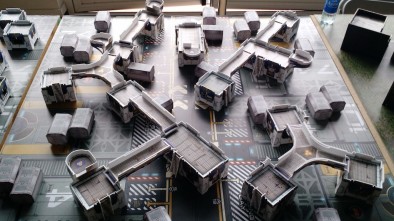
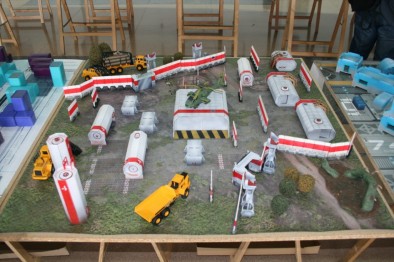

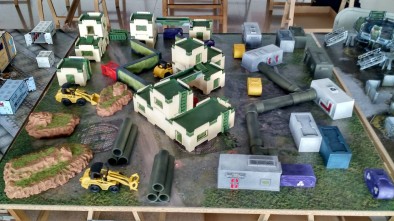
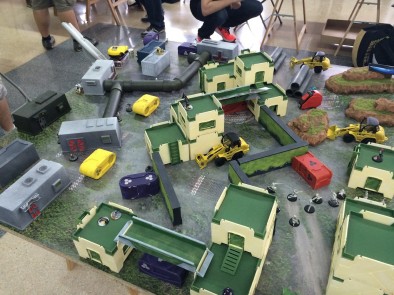
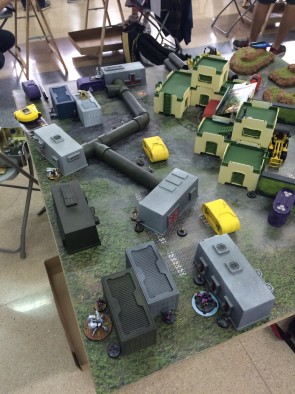
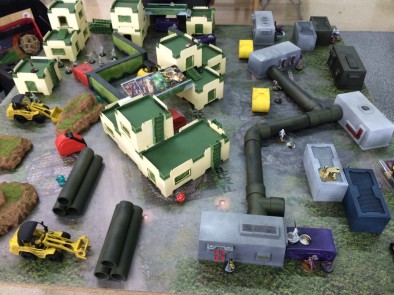
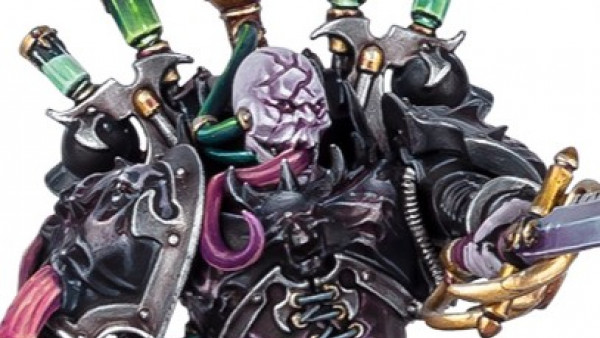
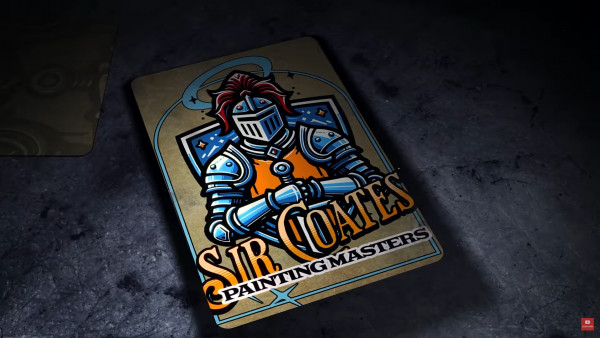
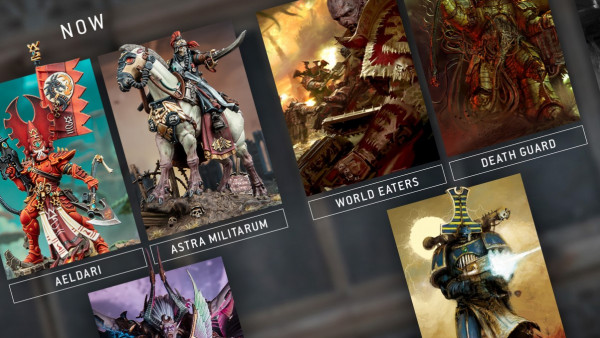
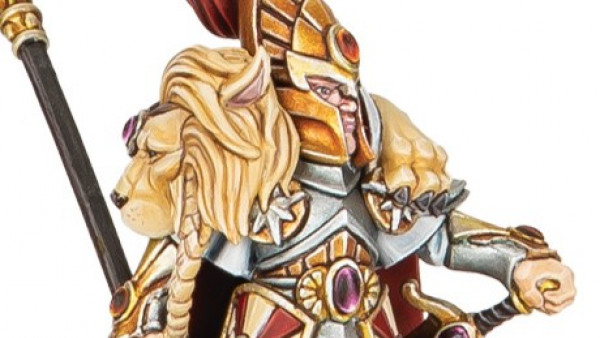
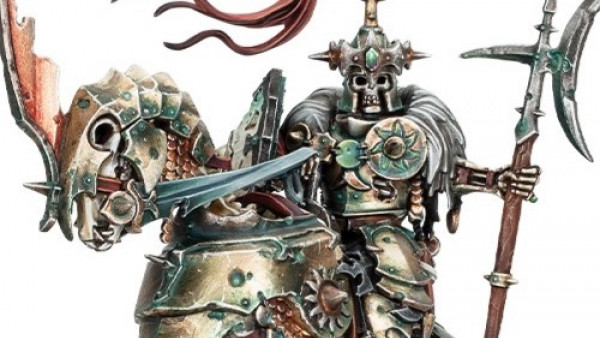

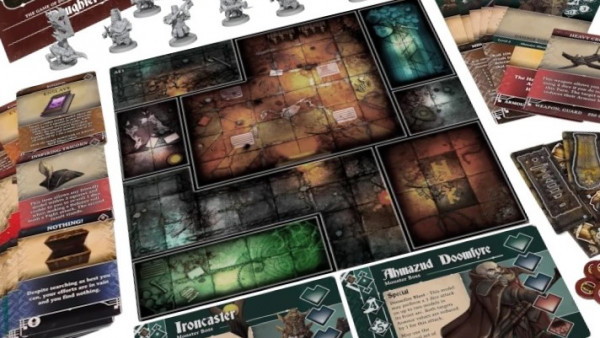























Great article Ian. I think your bang on about the table layouts shown here, cheap scatter terrain to break up corners, firelanes and flat surfaces is a must for any table. It can be as simple as barrels made from two plastic bottle tops but it makes tables much more interesting to play on.
Good series of articles here Ian. Thanks for the effort and please keep it going. From what I understand different parts of the world like slightly different terrain density, I could be completely wrong on this and someone please correct me if I am. As an American I prefer fairly dense table layouts with mostly short to medium fire lanes with one or two long to entire table length fire corridors. Lots of scatter terrain, even on rooftops is pretty standard on my tables.
Always a bit of a pain trying to ‘create’ a good layout in Infinity. Very nice article and well written.
Given me a few new notions to mess with and some nice ideas for new terrain features – keep it up!
Nice argument. I think my tables have been a bit evenly distributed of late. Although they’ve still been great fun!
@wartrader Thanks for articles it will help me a lot as I am just getting into the game